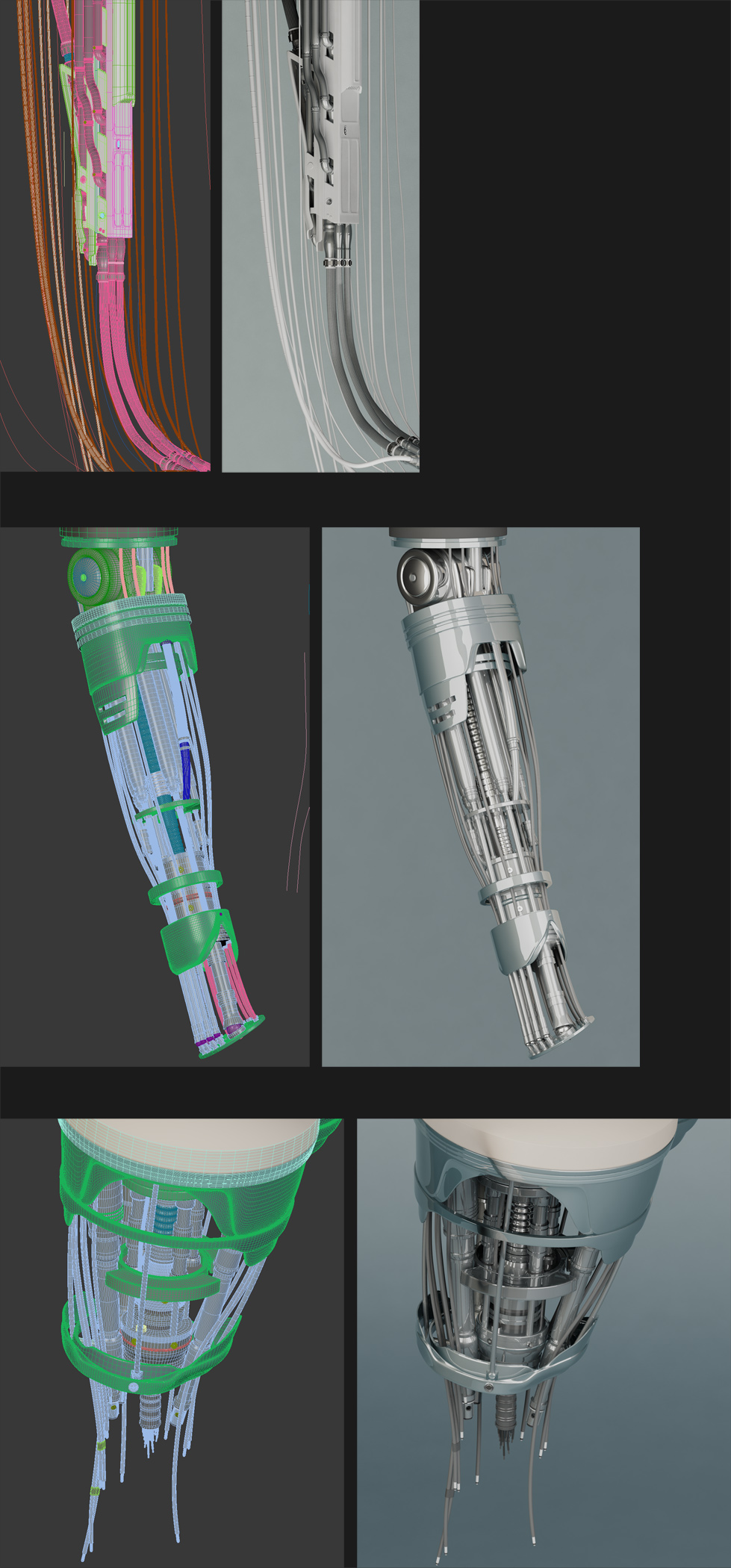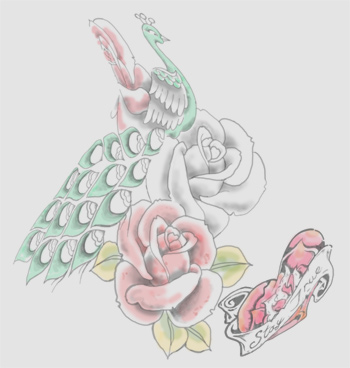You are using an out of date browser. It may not display this or other websites correctly.
You should upgrade or use an alternative browser.
You should upgrade or use an alternative browser.
Show What You're Working On
- Thread starter CliffyBiro
- Start date
More options
Thread starter's postsMainly been developing a new framework of mine for various purposes. I know, you shouldn't really invent the wheel and use things like Zend, CI, etc. However there were a few particular reasons I wanted to develop one in relation to m y work.
Anyway, i've got fully nested Java - Processing code through ProcessingJS working now, my framework has a small user interface which allows you to modify this processing code similar to the wordpress layout.
But the key point of my system was to able to load "modules" into it and reuse those modules if needbe throughout any of the pages. Idea came about from a large sustainability calculator I made.
Anyway less talk here is the website:
www.argentgray.com
Anyway, i've got fully nested Java - Processing code through ProcessingJS working now, my framework has a small user interface which allows you to modify this processing code similar to the wordpress layout.
But the key point of my system was to able to load "modules" into it and reuse those modules if needbe throughout any of the pages. Idea came about from a large sustainability calculator I made.
Anyway less talk here is the website:
www.argentgray.com
Last edited:
That's pretty damn good.
thanks dude, early days at the moment
Football Predictions website
Hi Guys,
This is pretty complete and an ongoing labour of love, any critique greatly appreciated...
http://www.quotationmark.co.uk/PremierLeague
Hi Guys,
This is pretty complete and an ongoing labour of love, any critique greatly appreciated...
http://www.quotationmark.co.uk/PremierLeague
Those mechanical renders look amazing, what you using?
Thanks
 3DS Max 2011 for modelling and rendering. And the girl is a photo that i took myself.
3DS Max 2011 for modelling and rendering. And the girl is a photo that i took myself.Associate
- Joined
- 24 Jun 2007
- Posts
- 1,869
- Location
- Landan.

Amazing - top work!
Nice work MR.B, how long did the 3DS stuff take to make?
Hmm about 10 days and 5 hours a day, because i hadn't modelled anything that complex before so also had to learn!
BTW if anyone wants a wallpaper of it then PM me... obviously cant link to it on here because of boobeez.
Last edited:
Awesome renders Mr.B, did you crunch that on your sig rig? That's quite a spec!
Yep, but to be honest it's still not as fast as i'd like lol. Took a good 2 hours rendering each of the 3 main mechanical parts
 ...but i did go crazy with the res and quality settings.
...but i did go crazy with the res and quality settings.Nice work of your site btw!
Associate
- Joined
- 24 Jun 2007
- Posts
- 1,869
- Location
- Landan.
You weren't joking when you said "just started" 

You weren't joking when you said "just started"
LOL. That will be a collectors item one day. To be fair, I already know C++ and OpenGL fairly well so it's partly a refresh course for me (and also getting to grips with Max).
The desktop image is a fantastic picture I found that a guy made by taking images every night with a camera on a motorized stand, and shows the entire visible Universe from Earth. Sphere.x is a simple sphere I made in 3DS Max with just under 1000 polygons, the normals are Inverted and the desktop image resized to 2048x2048 applied as a texture.
I just got to the point where i've setup the basic render pipeline, loaded that mesh, textured it and displayed on screen as a "skydome" (except it's a sphere not half a sphere). I'm going to look into multithreading tomorrow, and split out the render pipeline from the input pipeline and implement some basic xbox pad controls so you can pan around. I'm also going to tidy up the renderer so that it uses the "Chain of Responsibility" pattern, this is going to be a solar system renderer - so the polygon count won't be massive and I can get away with not burying my head in esoteric optimisations. (I can also nick textures from NASA, so don't need art skills
 ). Worst case I suspect will be 100K polygons on screen, that will be with 100 planets/moons - something like Oblivion hits around 800,000 - 1,000,000 on heavy scenes.
). Worst case I suspect will be 100K polygons on screen, that will be with 100 planets/moons - something like Oblivion hits around 800,000 - 1,000,000 on heavy scenes.The biggest learning curve for me is Visual Studio to be honest, haven't done any MS coding for 15 years or so. DX looks a lot easier than OpenGL so far, but all of the shader part of the pipeline is new to me.
Edit: Added mention of pattern.
Last edited:
Soldato
- Joined
- 3 Jun 2005
- Posts
- 3,362
- Location
- The South
MR.B, those renders are completely jaw-dropping; incredible work!
Currently attempting to learn .NET/Visual Studio and with knowing VB already thought I would knock up an application - a cPanel DNS Zone changer (basically DynamicDNS but for cPanel).

Still got a long way to go before it's finished, but the basics work (ish)....
Currently attempting to learn .NET/Visual Studio and with knowing VB already thought I would knock up an application - a cPanel DNS Zone changer (basically DynamicDNS but for cPanel).

Still got a long way to go before it's finished, but the basics work (ish)....
http://www.tts-group.co.uk
Worked/working on that on/off for the past 18 months with a couple of other guys in the department. Mostly behind the scenes stuff now.
I find it quite scary when I compare the initial design sketches with the seizure inducing horror you see today(!) Ho hum, that's business...
Worked/working on that on/off for the past 18 months with a couple of other guys in the department. Mostly behind the scenes stuff now.
I find it quite scary when I compare the initial design sketches with the seizure inducing horror you see today(!) Ho hum, that's business...
Seems all the DXUT stuff is C++ native, and not really recommended for day to day use and completely missing for dotnet. So i've got sidetracked building some tools and libraries to convert and handle various resource files. Not the most glamorous or exciting of projects but i'll need it if I want to do more than paste 1000's of lines of coordinates into my code.
Having struggled with the backwards system used in Oblivion and read a really interesting article about how they implemented the patcher for Guild Wars (a few years back, think it was in Gamasutra) - and spent some time with Git and Subversion I have some ideas how to approach this.
Having struggled with the backwards system used in Oblivion and read a really interesting article about how they implemented the patcher for Guild Wars (a few years back, think it was in Gamasutra) - and spent some time with Git and Subversion I have some ideas how to approach this.
Last edited:








